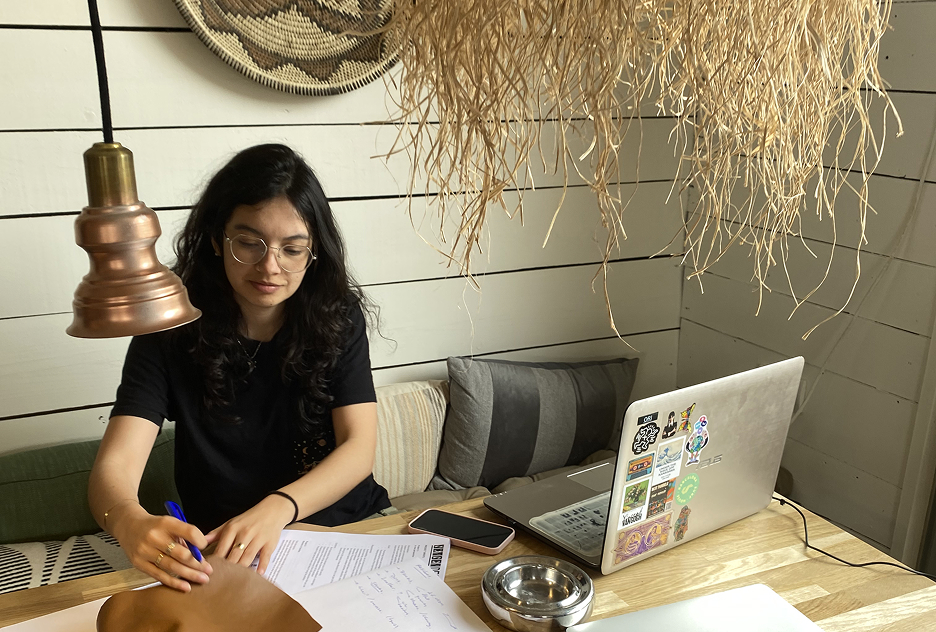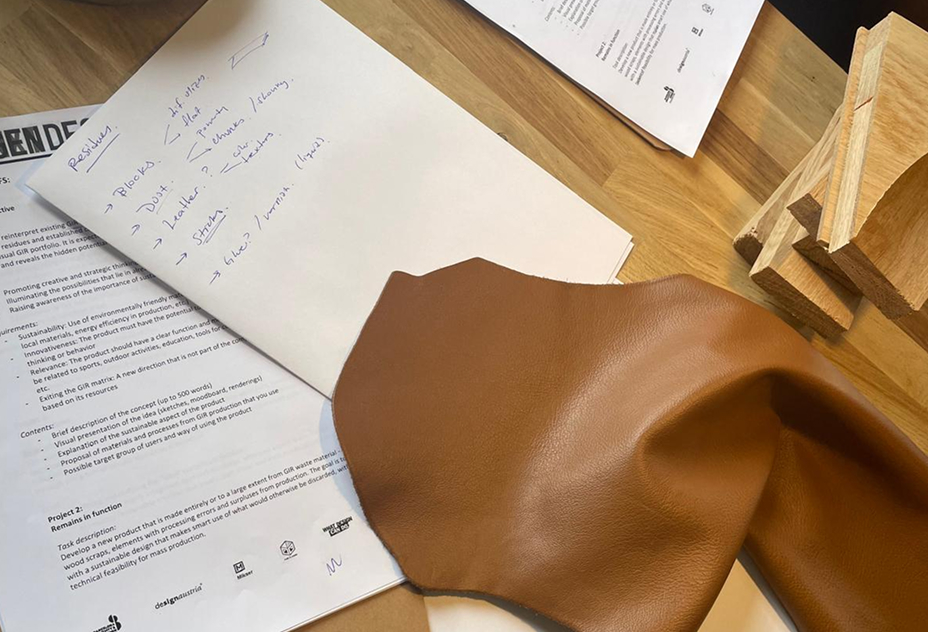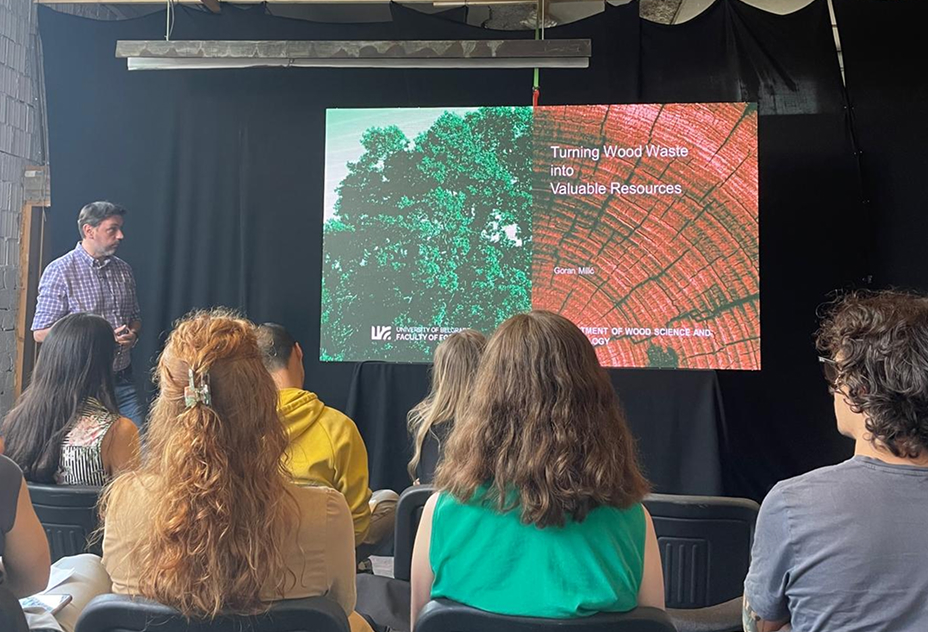Obnova
CONCEPT
“I saw the angel in the marble and carved until I set him free.”
– Michelangelo
Obnova is a modular element that embraces the idea of giving new life to waste from the manufacture of oak furniture. Named after the Serbian word for “renewal” or “restoration,” Obnova transforms parts of industrial residue into a purposeful, elegant solution for modern urban gardening. Its self-assembly structure allows for the construction of a vertical garden, creating an atmosphere of well-being in any indoor or outdoor space.
The structure is made up of three bent legs made from wooden slats and a centerpiece consisting of three wooden blocks that allow for different sizes of pots, depending on the position. Residue oat blocks from GIR’s furniture production are used to make the dowels. The modules can be combined in different ways, allowing the user to customize the arrangement to their space and preferences. The wood is doublecoated with the foodsafe finish that GIR uses for their furniture to resist moisture and prolong its durability. The residue bark and ashes are reused as a fertilizer for plants, allowing new plants to grow.
In addition to partly using residues as raw material, prioritizing the product’s sustainability, an emotional and perceived value factor has been added that influences purchasing motivation and improves the user experience: environmental compensation. Through each purchase of the self-assembly pack, a percentage will be allocated to protecting and investing in reforestation programs that promote natural regeneration in Serbia.
TEAM
The planet is constantly inviting us to be more aware of our reality and I believe that
design allows us to reflect and act on it in a critical and creative way.
Oriana Vargas was born in Bogotá (Colombia). She is a Product Designer and holds a Master’s degree in Sustainable Design and Social Innovation from IED Barcelona. With more than 5 years dedicated to design, she has worked on different projects with sustainability and the circular economy as a central axis. She has specialized in food design and agrosystem development in rural areas affected by climate change, has participated in various research projects on the subject, and has volunteered for the OpenIdeo Chapter in Bogota. She works as a teacher and conducts workshops in Barcelona on creativity and nature-based techniques to bring this knowledge closer to people.
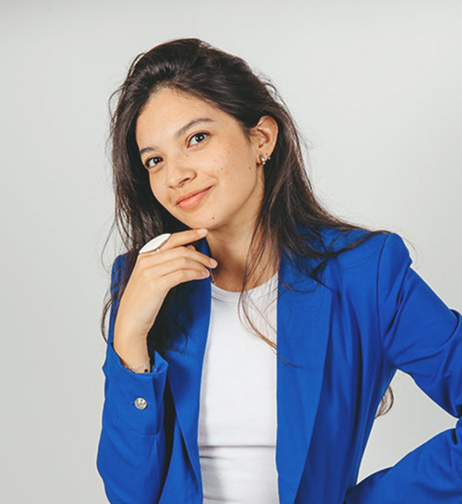
I believe sustainable design starts with respecting limitations and with the curiosity to ask questions before thinking about solutions.
Elisa Schneider was born in Bavaria (Germany) in 2001. She is studying sustainable design at the ecosign/Academy for Sustainable Design in Cologne, specialising in product and communication design. In 2021, she received a scholarship from a German organisation for the promotion of gifted students. Her internship at the „German Corporate for International Cooperation“, involvement as an UN volunteer and work with the NGO „Endulen e.V.“, which supports rural healthcare in Tanzania, shaped her commitment to international cooperation. In 2023, she was able to take part in a project trip to Tanzania, where she could learn about the life and needs of the local communities. Alongside her studies, she works in web and online communication design for Unicef Germany.

PROCESS
EXCURSION AND MATERIALS
We visited the town of Kraljevo for our visit to the GIR furniture factory and got suggested four project briefings which aimed to use in some way the different types of materials, tools and residues in the production process.
There, we were able to understand in depth the production process of wood and how it can be transformed to make each of the products that this Serbian brand offers its customers, from individuals as collaborations with other design studios and the development of special projects to other spaces such as restaurants, offices, etc.
We learned about the life cycle of their flagship product, the Brida chair, from the moment the logs arrive at the factory, they are planed, cut into boards, molded according to the design, assembled, finished and packaged for shipment to their final destination.
After this insightful visit we had a space for conversation where the GIR team invited us to a delicious typical Serbian meal, which we enjoyed to the fullest and gave us strength to go back to the city of Belgrade and visit their wonderful showroom. The place had on display different pieces that are part of the GIR collection but also objects from other brands which they sell, great examples of what can be achieved in this sector within the industry.
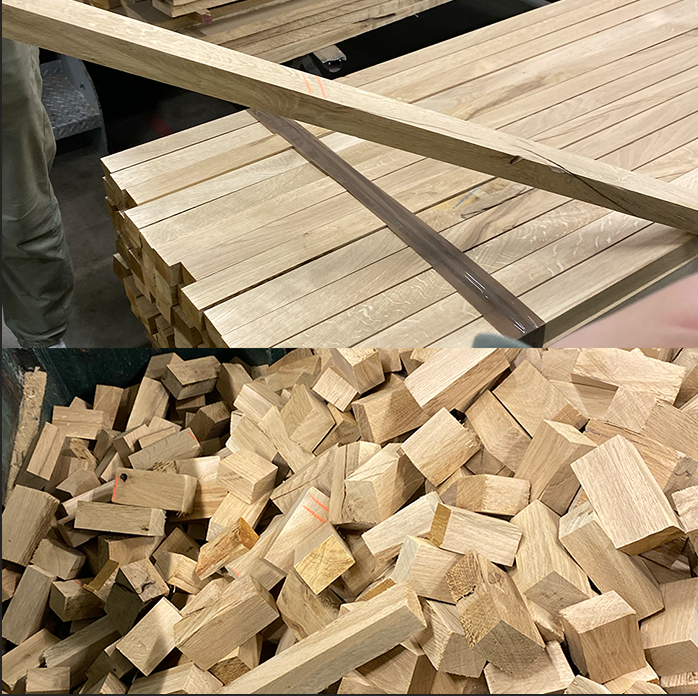
IDEATION
During the third and fourth day we not only had space to work on our projects, but also to enjoy the Mikser Festival and its interaction spaces that nurtured our design ideas, among good food, music, art and inspiring talks.
Thanks to the exhibition of our portfolios, we were able to connect with teammates who had related experiences and who complemented our skills to create interdisciplinary and intercultural working groups. We chose Brief #2 as our design challenge, which asked us to create a sustainable design that would take advantage of some residue materials from the furniture production that would otherwise be discarded. Between the two of us we started with a quick research to brainstorm ideas, which we put in conversation and then began to discard some of them that.
In this way, we managed to focus on an area that combines both our backgrounds and caught our attention which was vertical gardens, an element that closes the symbolic life cycle with nature and empowers cradle-to-cradle storytelling. We chose residue blocks and wooden slats that would bring structure to the idea. We sketched and modeled how we wanted this modular element to take shape supporting the pots and plants. The plug-in connection of the elements allows countless arrangements to be created, both vertically and horizontally which divides the space as a wall full of life that would give people wellness and connection with nature. Thanks to the easy manual assembly, the element can be packaged very compactly and the beautiful and playful detail of the dowel is created.
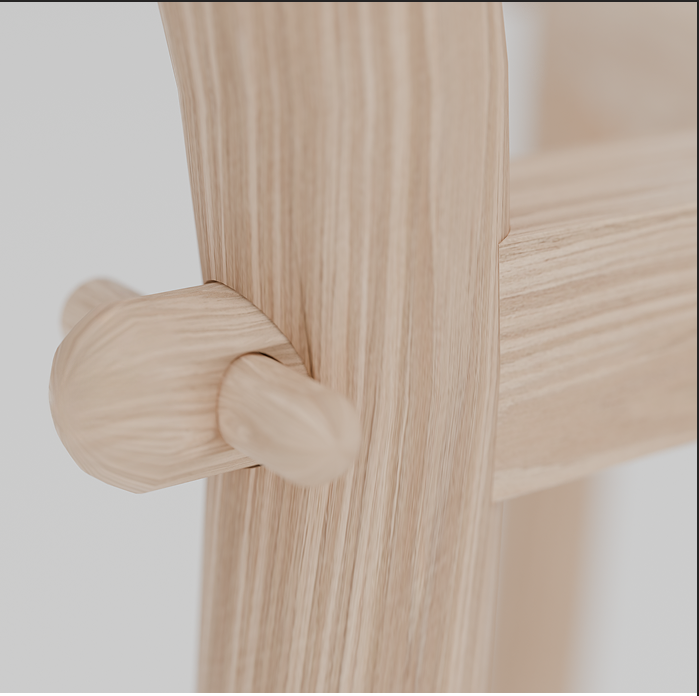
FINAL DESIGN
Full of excitement we completed our final presentation, integrating everything we had learned, showing how we imagine a future where waste is used in a valuable product and raising awareness about the potential of circular economy and responsible design.
For the last day, we were able to learn about the projects of all our colleagues in a very revealing session where we were able to see the great results of the work of the different groups and how they all showed ideas from different perspectives, making use of other waste such as leather, wood shavings, etc.
There was a question and answer session where we discussed with the jury and attendees how the solutions ensured minimal material processing, maintenance or reparability. In addition, we commented on how the process reinforced the designers’ ability to work in realistic production conditions and resources, adding reflections and thanks.
Last but not least we would like to highlight that the invited guests to the lectures gave us several insights to our project such as the architect Daniel Podmirseg CEO of Vertical Farming Institute and his research Alina 69, the activist David Jablonski who talked about the role of the designer and his involvement in today’s world and Goran Milic from the Faculty of Forestry of the University of Belgrade with his project on wood science and technology.
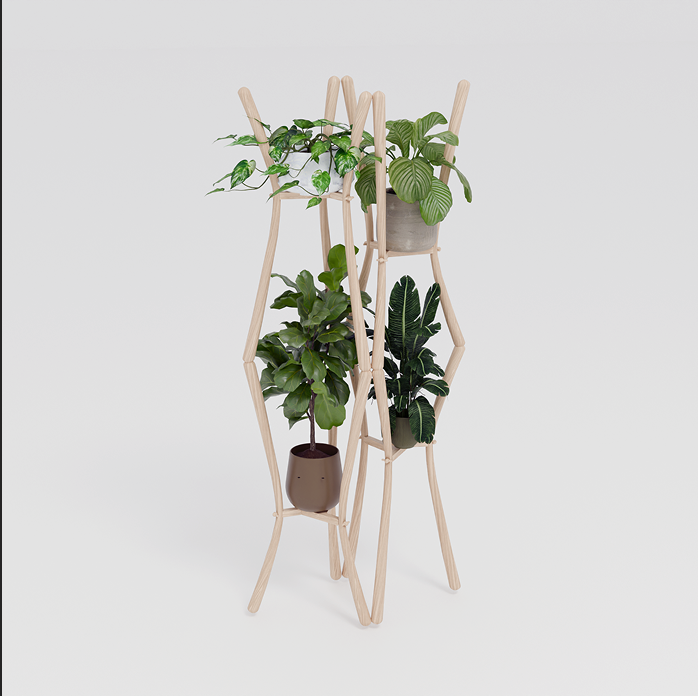
EXPERIENCE
The experience was wonderful, and I’m leaving with a heart full of happiness. The interviews, the hugs, the smiles, and the enthusiasm of so many people, who wanted everything to go forward with the best intentions, were incredible. All the efforts and setbacks were worth it. Thank you for letting us be part of this festival.
Oriana’s reflection
Participating in the Residency Program was a very inspiring and eye-opening experience that connected me with other young designers. Surrounded by creativity, collaboration and meaningful conversations, I left with a new sense of responsibility, possibility and passion for sustainable design.
Elisa’s reflection


